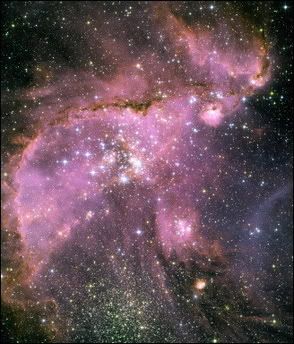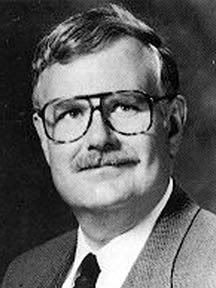TOP CANDIDATES FOR EXTRATERRESTRIAL LIFE
Astronomers offer list of top candidates for extraterrestrial life US astronomers have come up with a short list of five stars in the Milky Way galaxy that are most likely to support extraterrestrial life. The stars were chosen based on a number of criteria, including size, composition, age and color, that would make them similar to the sun and enable planets resembling Earth to orbit them, said Margaret Turnbull of the Carnegie Institution of Washington. Turnbull's list would enable astronomers to point telescopes towards the stars with the most potential of sending radio signals from extraterrestrial life. "These are places I would want to live if God were to put our planet around another star," Turnbull said on Saturday at a conference of the American Association for the Advancement of Science in St Louis, Missouri. The list was developed to guide the use of NASA's new powerful orbiting observatories, or the Terrestrial Planet Finder, which will search for Earth-like planets. "There are 400 billion stars in the galaxy, and obviously we are not going to point the Terrestrial Planet Finder at every one of them," Turnbull said. Among the most promising sun-like stars was beta CVn, about 26 light years from Earth in the constellation Canes Venatici. One light year is equivalent to 9.5 billion kilometers. Turnbull and her colleagues initially set out to select a dozen stars that were the most promising and sufficiently close to the Earth's solar system. In 2003, after a painstaking study of close to 120,000 stars, the team of astronomers came up with a catalogue of 129 "habitable stellar systems." Another star on the short list, Pegasus 51, was made famous in 1995 when Swiss astronomers discovered the first planet outside the solar system. The giant planet resembling Jupiter orbits Pegasus 51. A star named 16 sco, a popular target for planet searches, also made the list. The star is located in the Scorpion constellation near the center of the Milky Way and is virtually a twin of the sun, according to Turnbull. To be considered as potential homes for intelligent life to evolve, stars had to be at least three billion years old. Turnbull said the list was merely a starting point and it remained difficult to rank stars as more or less likely to shelter life. "There are inevitable uncertainties in how we understand these stars," she said. "If I took the top 100, it would be very difficult for me to tell which is the best." The list will provide potential targets for the Terrestrial Planet Finder, which was originally set to be launched in 2016 but has been postponed due to federal budget constraints. Research for the list was sponsored by NASA and the privately funded Search for Extraterrestrial Intelligence (SETI) organization. The institute was created in 1984 by the renown astronomer Carl Sagan, who died in 1996. |

















<< Home